“Barbara Hepworth:
Art & Life”
Tate St. Ives Museum | 2022-2023
Curated by Eleanor Clayton | The Hepworth Wakefield
“A sculpture should be an act of praise, an enduring expression of the divine spirit.” – Barbara Hepworth
In this FSA Inspiration, we feature the British sculptor Dame Barbara Hepworth (1903–1975), particularly the Tate St. Ives exhibition: “Barbara Hepworth: Art & Life” (2023). This show considers five decades of her prints, drawings, paintings, designs, and sculptures – both figurative and abstract – inspired by the natural surroundings of the sea near her studio in St. Ives, Cornwall, England. Echoing the neolithic history of the Cornish landscape, Hepworth’s minimalist forms connect the land to its prehistoric past. Remarks Eleanor Clayton: “Hepworth embraced the ancient histories of Cornwall and their spiritual significance, describing the landscape near Zennor as ‘a place to visit where we can feel at one with God and the universe.’”
Identifying both as an Anglo-Catholic and as a Christian Scientist, Hepworth’s spirituality deeply characterizes her forms and shapes. Hepworth believed that sculpture had “an inner spiritual life” which she visually conveys through her carved and hollowed out spaces.
Select Images

